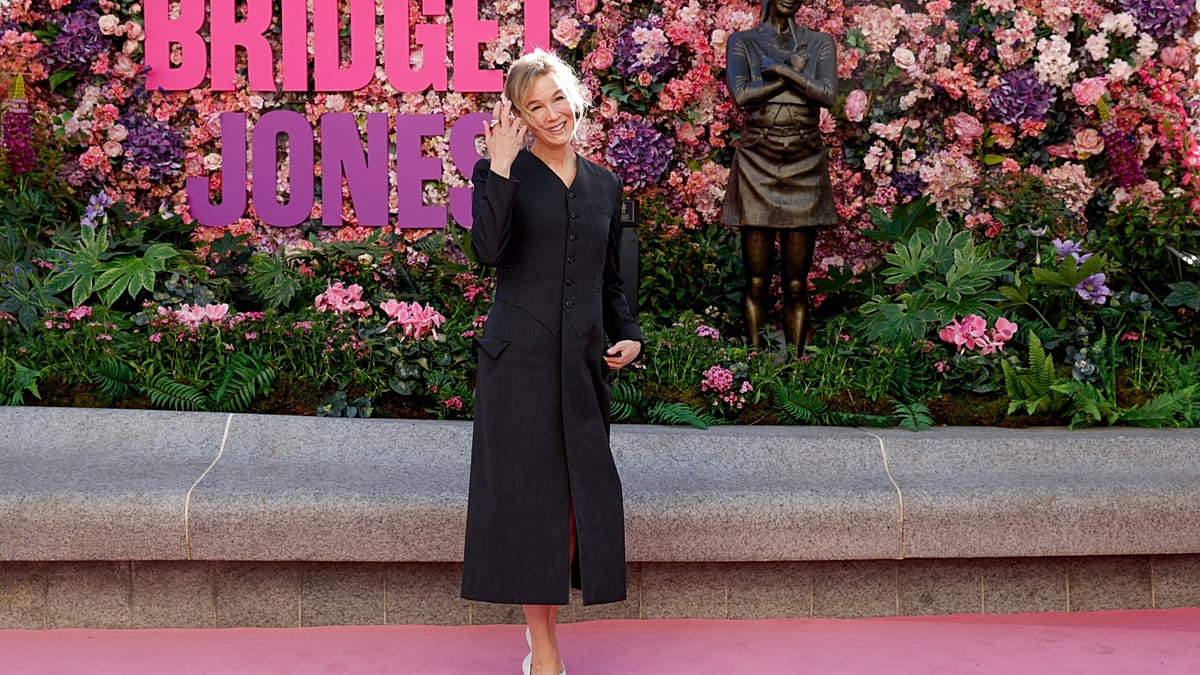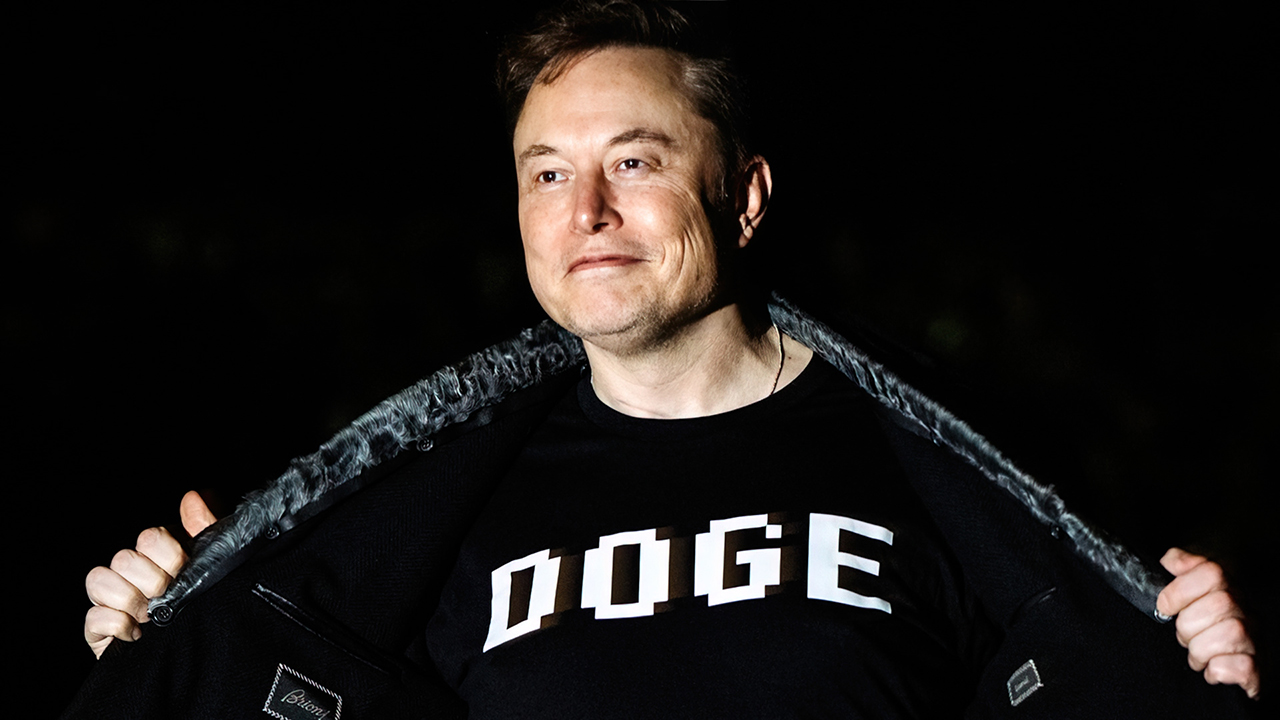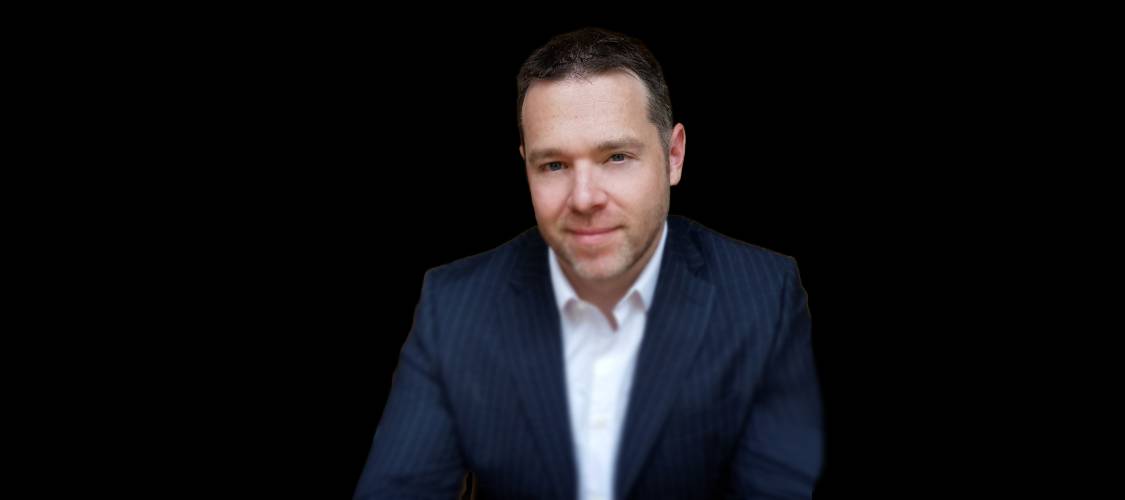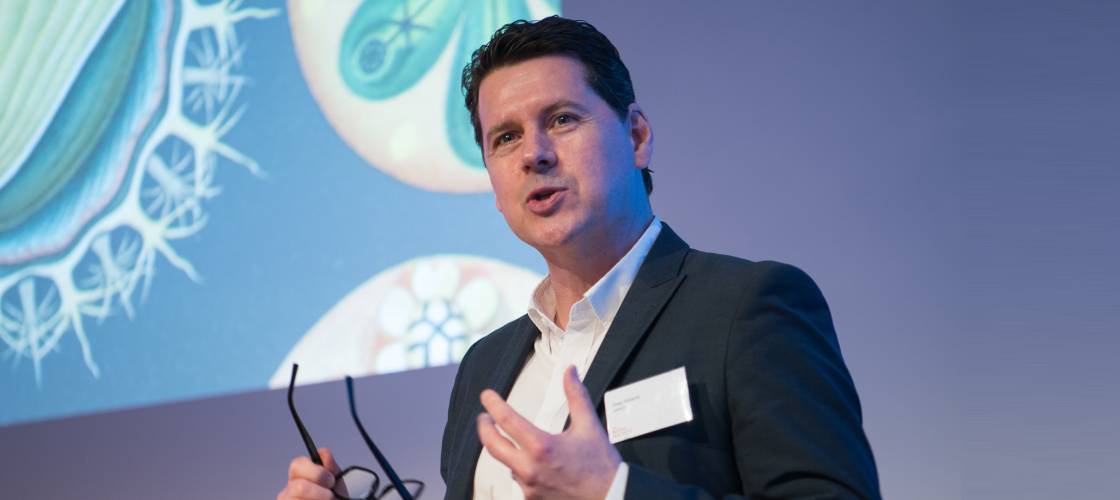Family Offices Pivot Toward Alternatives and Structural Themes Amid Global Uncertainty


Family offices are undergoing a quiet yet profound evolution in portfolio strategy, increasingly shifting their focus toward alternative and thematic asset classes. As macroeconomic headwinds and geopolitical volatility continue to reshape the global investment landscape, these high-net-worth investment entities are recalibrating their long-held allocation models. According to recent global studies, alternative investments now comprise 42% of the average family office portfolio—a significant rise that signals both strategic adaptation and a changing definition of risk.
This growing preference for alternatives is most evident in the surging demand for private credit and infrastructure—two asset classes that offer relatively attractive returns and resilience against inflationary pressures and market shocks. Once considered the domain of institutional investors, these asset classes are becoming central pillars of family office strategies, not simply as yield enhancers but as foundational components of long-term wealth preservation.
From Caution to Diversification: A Strategic Repositioning
The shift is driven largely by global uncertainty. With geopolitical fragmentation intensifying and policy unpredictability—from trade tariffs to shifting regulatory regimes—showing little sign of easing, family offices are adopting a more conservative and forward-looking posture. A recent survey shows that 68% of family offices are prioritizing diversification as a key investment objective, while nearly half are actively increasing their exposure to illiquid alternatives and non-U.S. equities, reflecting a broader decoupling from traditional U.S.-centric allocation models.
This repositioning isn’t merely tactical; it reflects a structural change in mindset. More than 60% of family offices now hold a pessimistic or cautious global outlook, citing concerns over recession risks, rising protectionism, and geopolitical instability—including the effects of recent U.S. tariffs and international trade disruptions. As a result, there is a growing appetite for assets that can provide predictable, long-term cash flows and hedge against systemic volatility.
Infrastructure and Private Credit: Core Holdings for the Future
Among alternative investments, infrastructure stands out as a particularly favored asset class. Long prized for its inflation-linked returns, low correlation with public markets, and stability across economic cycles, infrastructure is no longer viewed as a niche or complementary allocation. Instead, it is becoming a core element of the portfolio for many family offices. Nearly 75% report a positive long-term outlook on infrastructure assets, with one-third planning to increase their allocations to the sector in 2025–2026.
Private credit has seen similar momentum. As banks pull back from certain lending markets and credit spreads widen in the wake of higher interest rates, family offices are stepping into the vacuum. The appeal lies in direct lending strategies, special situations, and real asset-backed loans that provide enhanced yields without the volatility of public markets. Additionally, private credit offers customized exposure, enabling family offices to align risk and return profiles with their specific investment mandates and liquidity preferences.
Thematic Investing on the Rise: AI, Clean Energy, and Healthcare
While infrastructure and credit offer stability, family offices are also tilting towards long-term structural themes that align with both generational wealth goals and emerging macro trends. Notably, there is a significant uptick in allocations to sectors such as artificial intelligence (AI), clean energy, and healthcare innovation—areas perceived to offer strong secular growth independent of market cycles.
These thematic investments are not merely speculative plays. They reflect a deeper understanding of transformation-driven returns, where technological disruption, demographic shifts, and sustainability mandates converge. For example, AI is being viewed not just as a tech sector bet, but as an enabler across industries—from logistics to finance to medicine. Similarly, healthcare investment is expanding beyond pharmaceuticals to include digital health, biotech, and longevity-focused innovation.
Clean energy, meanwhile, is benefiting from both policy tailwinds and capital inflows as climate-aligned investing becomes a central pillar of family office mandates, particularly among younger generations who are more attuned to environmental, social, and governance (ESG) considerations.
A Multi-Dimensional Approach to Risk and Opportunity
Taken together, these shifts signal a more multi-dimensional approach to portfolio construction. Family offices are moving away from the traditional 60/40 model and embracing a more diversified, theme-aligned, and purpose-driven investment strategy. Their increasing exposure to illiquid assets, structural growth themes, and diversified geographies reflects a desire not just to preserve capital but to future-proof it.
As 2025 unfolds, this strategic pivot underscores an important truth: in an age of volatility, resilience and adaptability are the new alpha. And for family offices, that means leaning into complexity, embracing alternatives, and redefining what it means to invest across generations.
The post Family Offices Pivot Toward Alternatives and Structural Themes Amid Global Uncertainty appeared first on European Business & Finance Magazine.














































